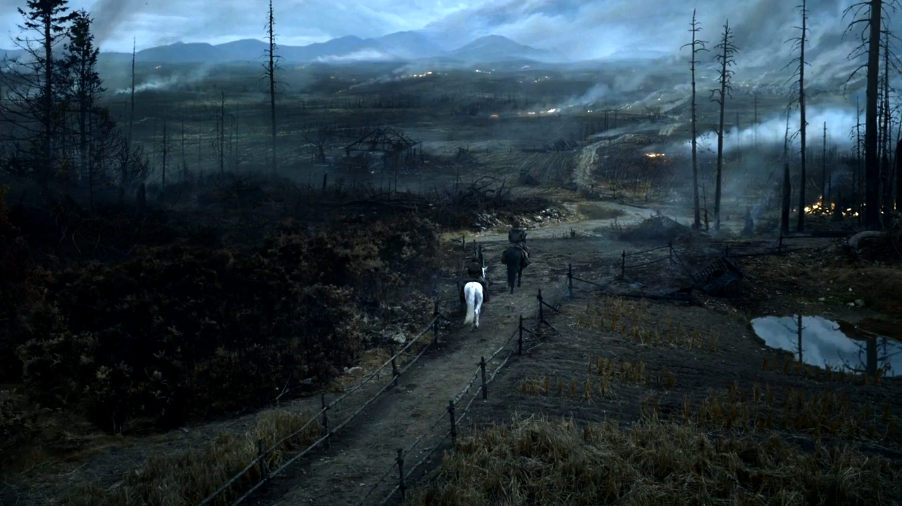
The Regiment then remained on garrison duties in Scotland and England until 1739. To honour the Regiment's service to King George I, the Queen's became the King's Regiment of Foot with the White Horse of Hanover as its badge. As unrest escalated in Britain, the Queen's Regiment fought against the numerically superior Jacobite army at the Battle of Sheriffmuir and succeeded in suppressing the rebellion. The Jacobite supporters hoped to install James Stuart (the legitimate son of James II of England) to the throne instead of the Hanoverian King George I. A Jacobite rebellion followed in 1715 when Queen Anne died. When Princess Anne ascended to the throne in 1702 the Regiment became the Queen's Regiment of Foot. The Duke of Berwick decided to follow his father into exile and was replaced by Colonel John Beamon as the commanding officer of the Regiment.Īs one of the oldest Regiments in the British army it took part in much of British Military History including the War of the Spanish Succession (1701-1714), fighting at Nijmegen, the capture of Huy and Limbourg, the capture of the Schellenberg fortress, the Battle of Blenheim, the Battle of Ramillies, the Battle of Oudenarde, the sieges of Ghent, Bruges and Lillie, the Siege of Tournai, and the Battle of Malplaquet. In 1688 James II fled to France when Prince William of Orange was invited by the English Lords to become King William III. The Regiment was under the command of James FitzJames, 1st Duke of Berwick the illegitimate son of King James II. His small force was swiftly put down at the Battle of Sedgemoor. It was formed in response to the Monmouth Rebellion of 1685 when, James Scott the 1st Duke of Monmouth (the oldest illegitimate son of Charles II and James II’s nephew) unsuccessfully attempted to overthrow the unpopular King.


The Regiment was first formed in 1685 by Lord Ferrars of Chartly as ‘Princess Anne of Denmark's Regiment of Foot’ after King James II’s second daughter (later Queen Anne).


 0 kommentar(er)
0 kommentar(er)
